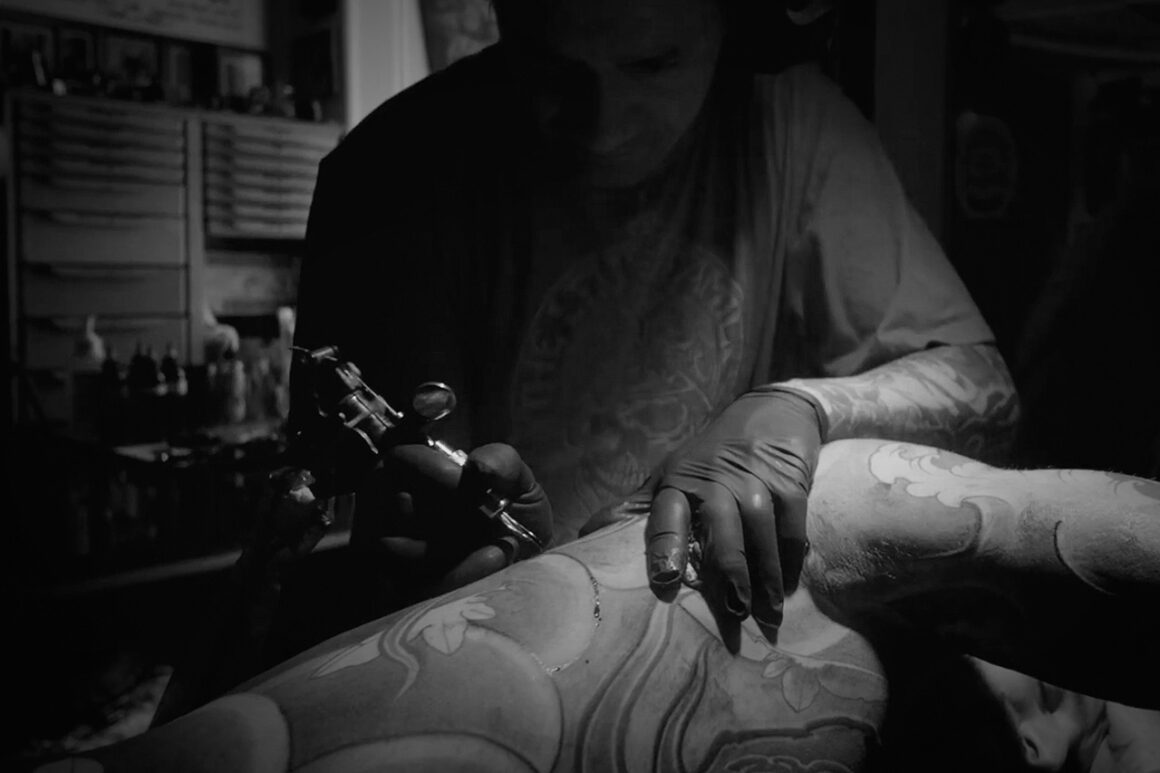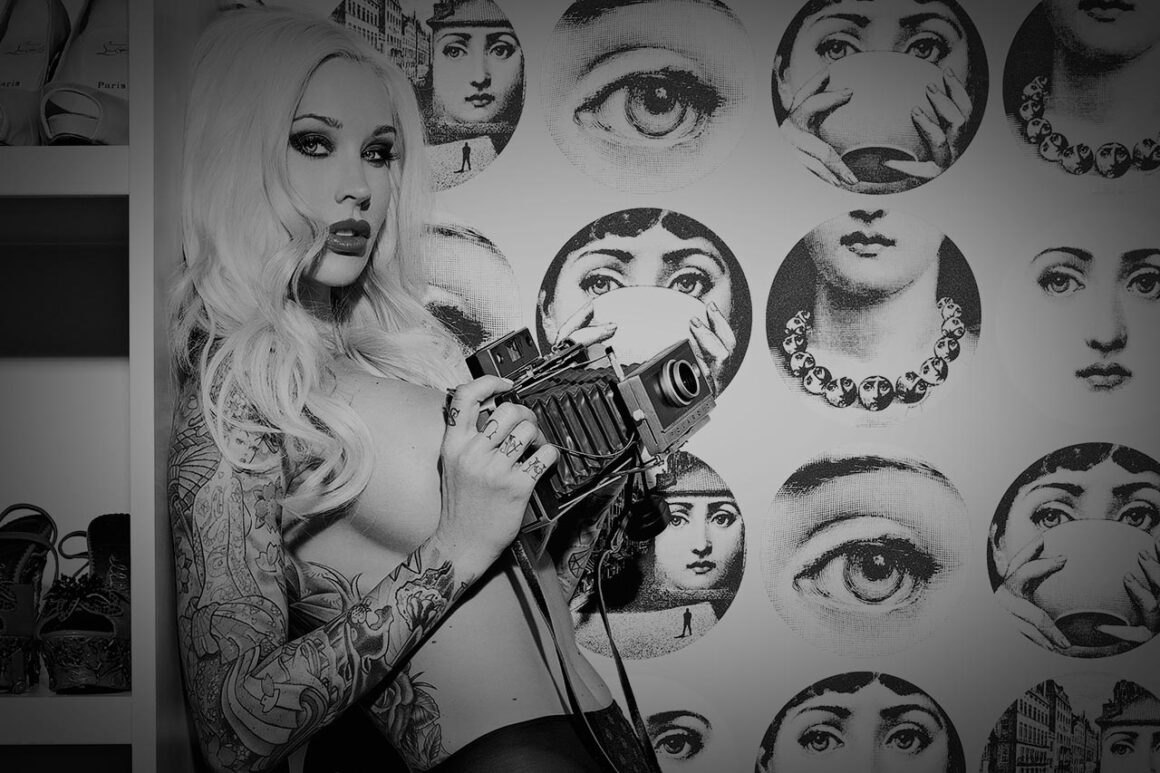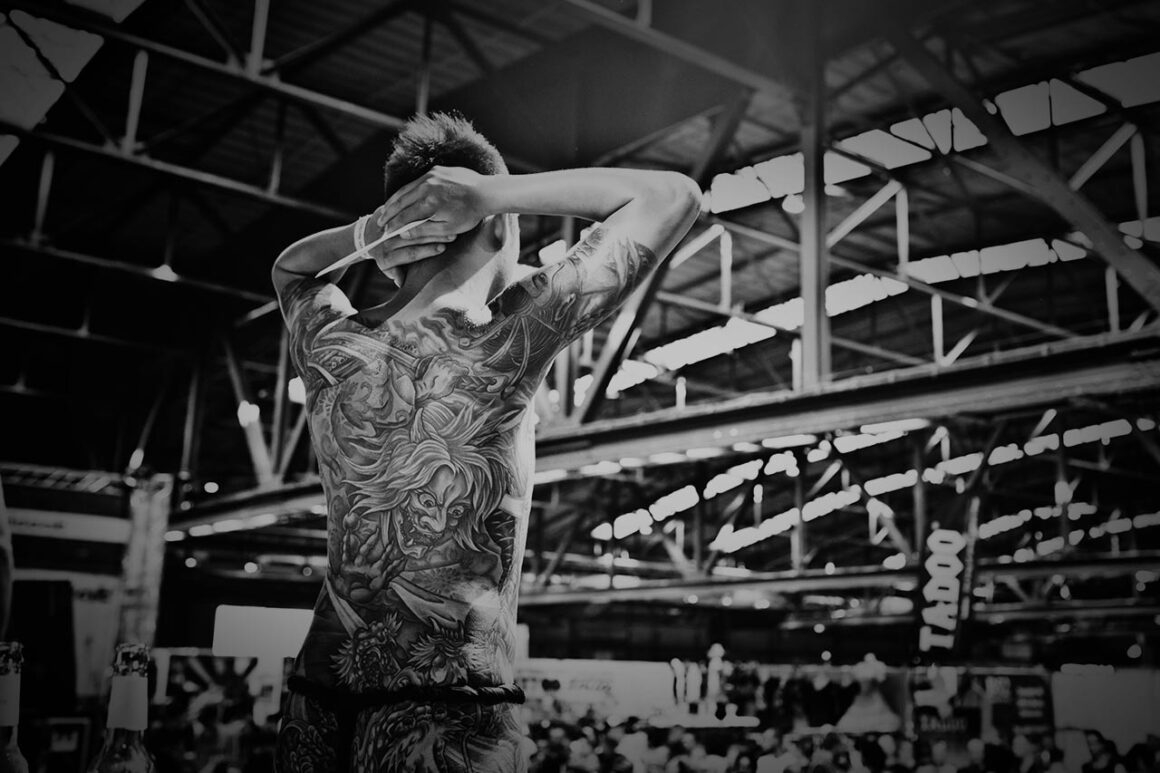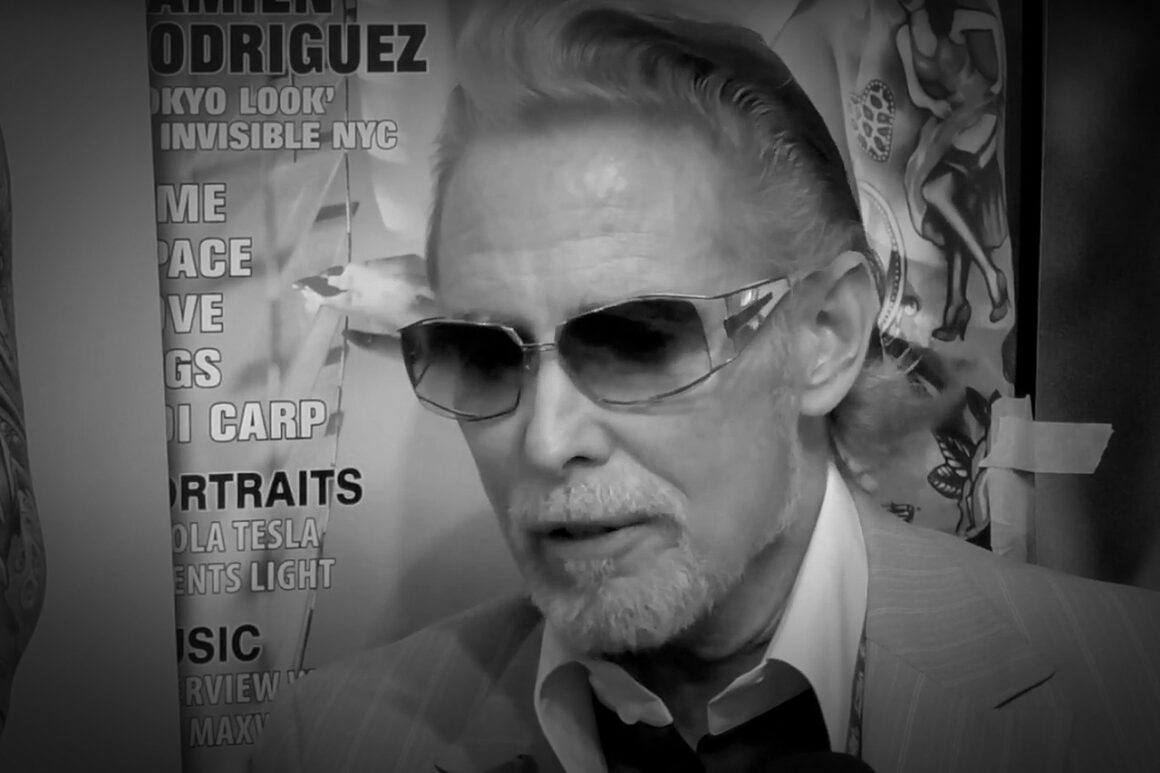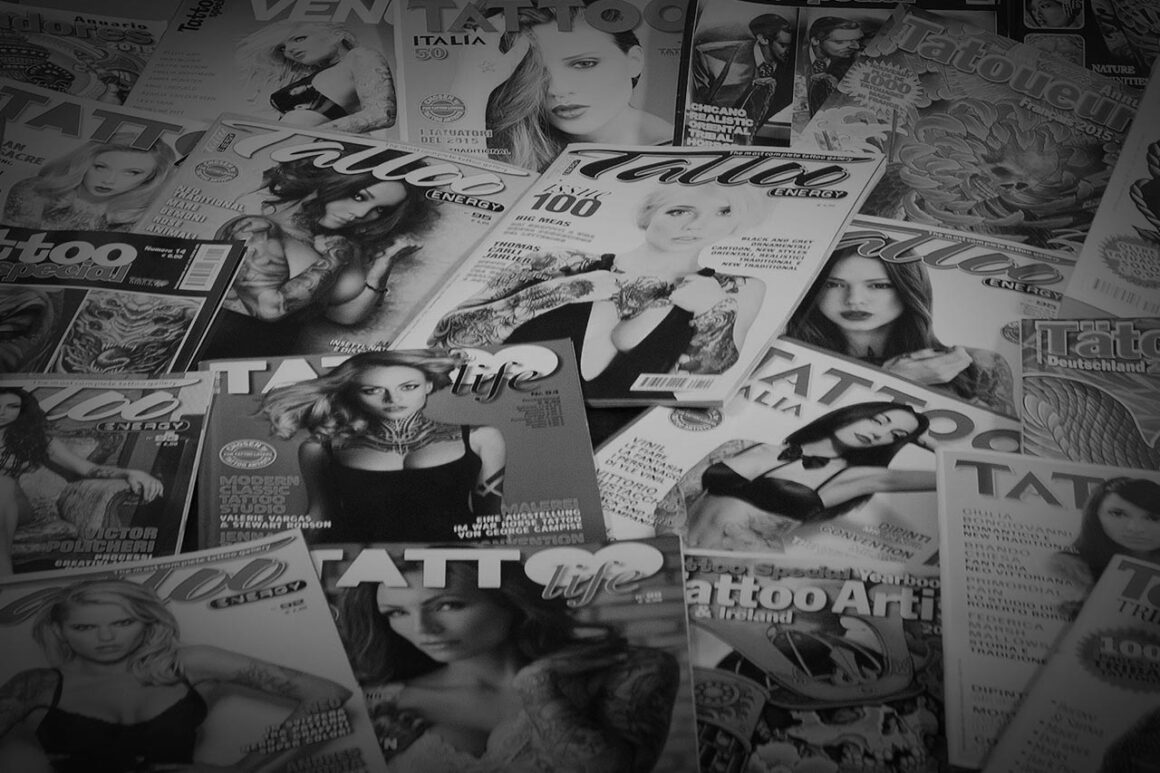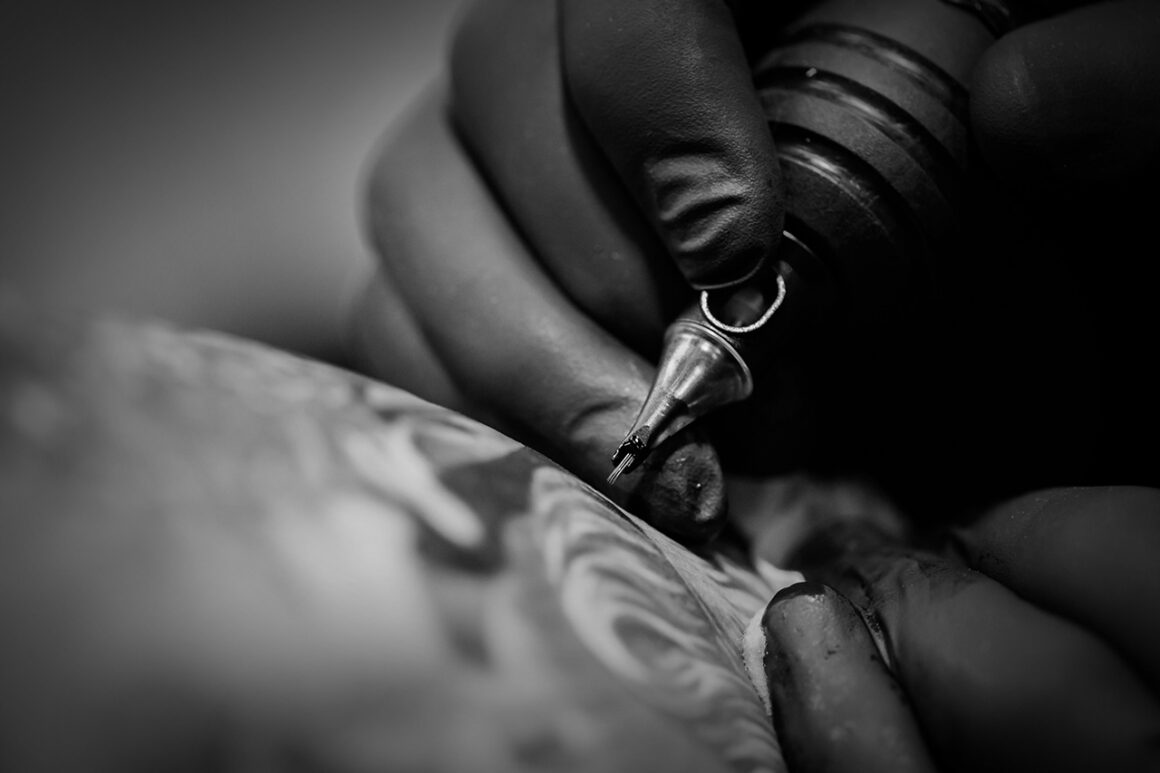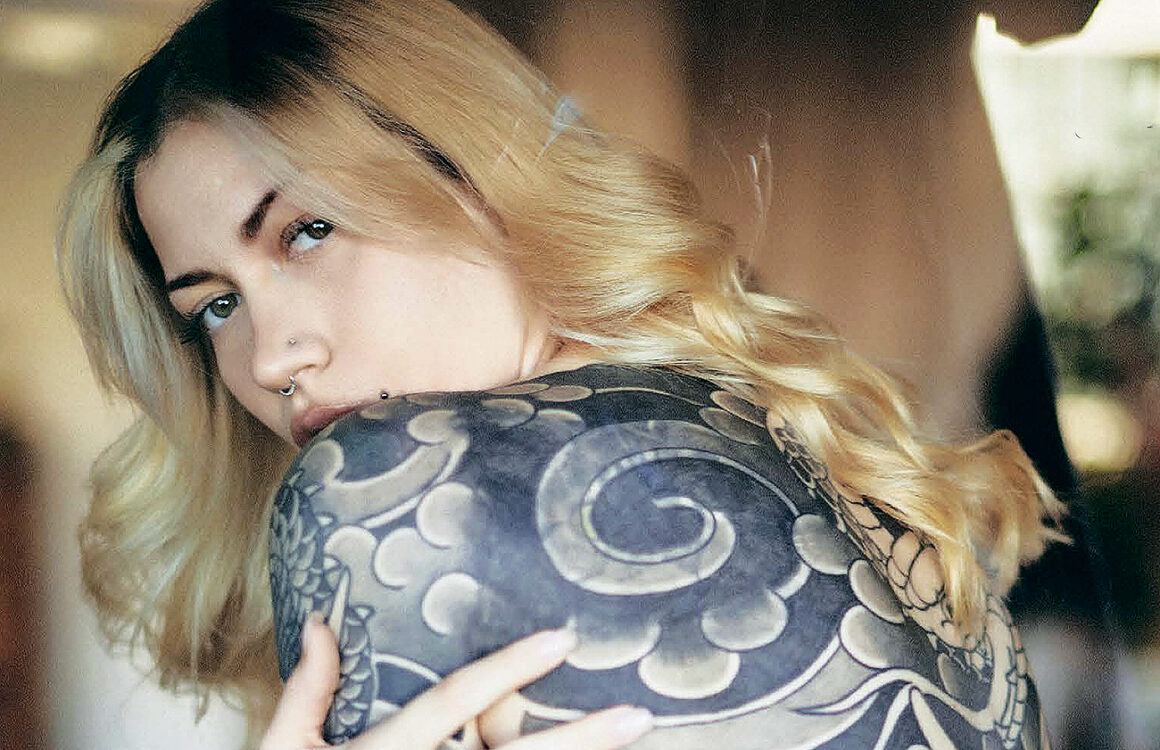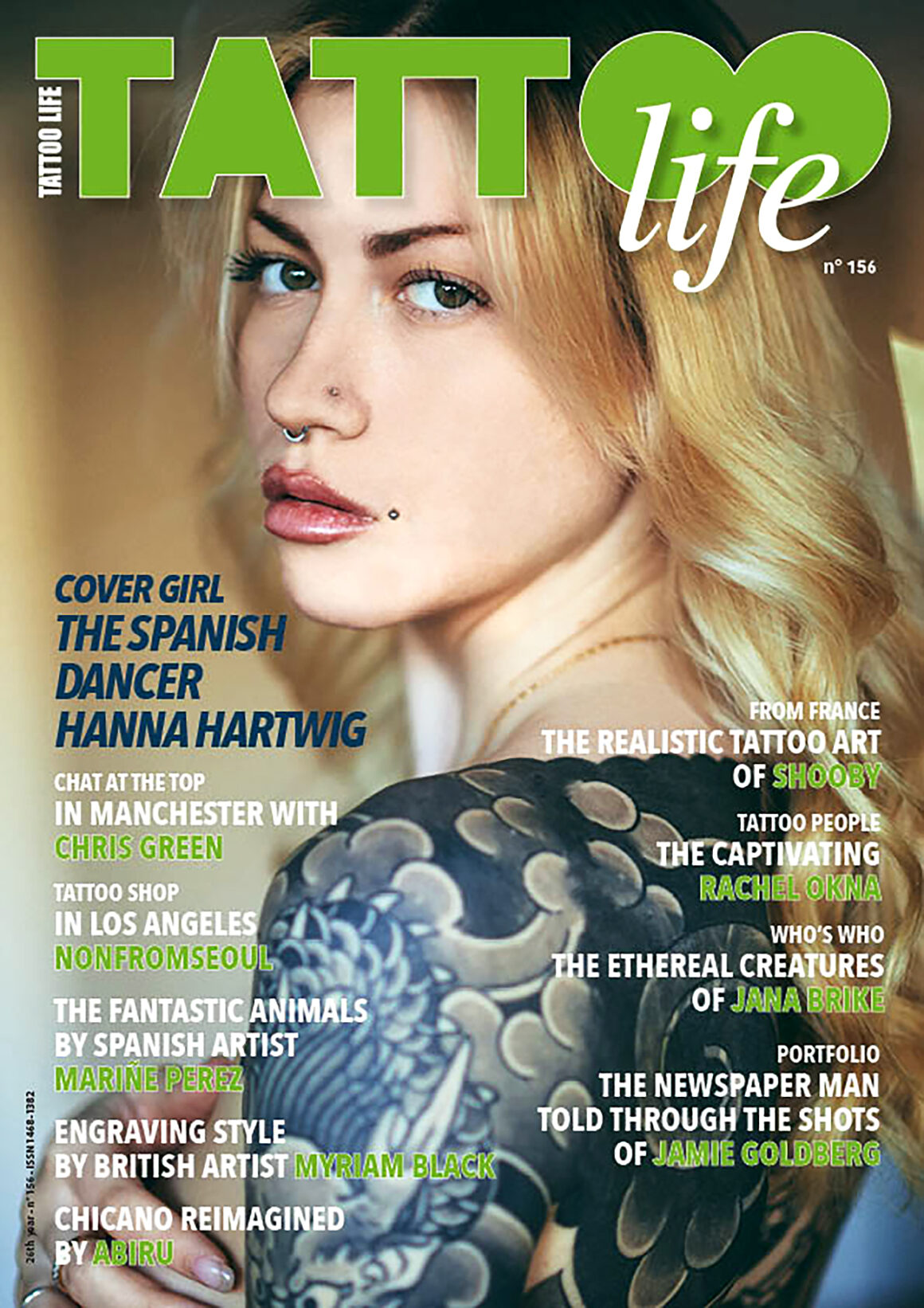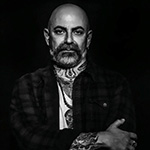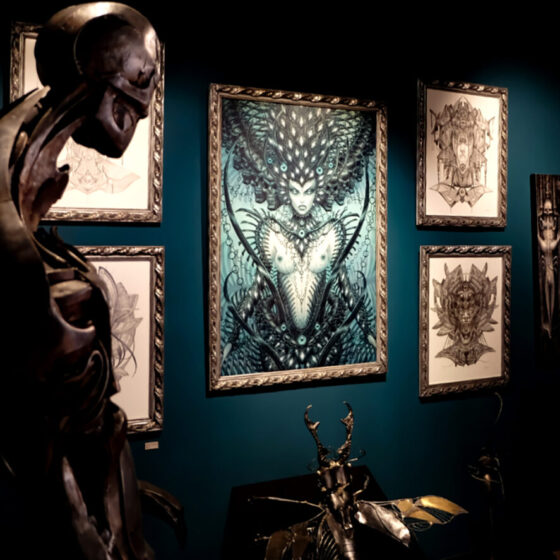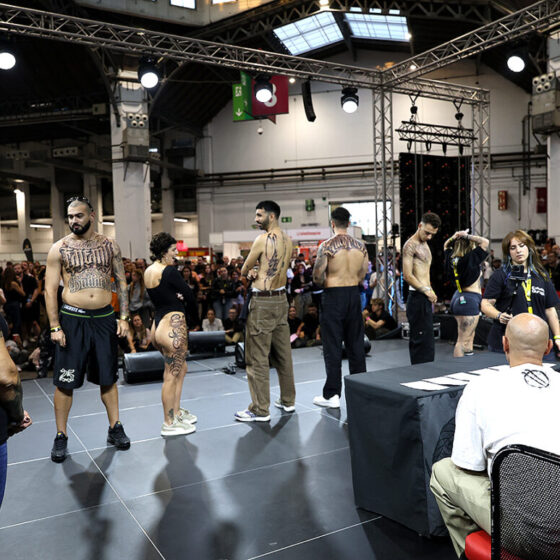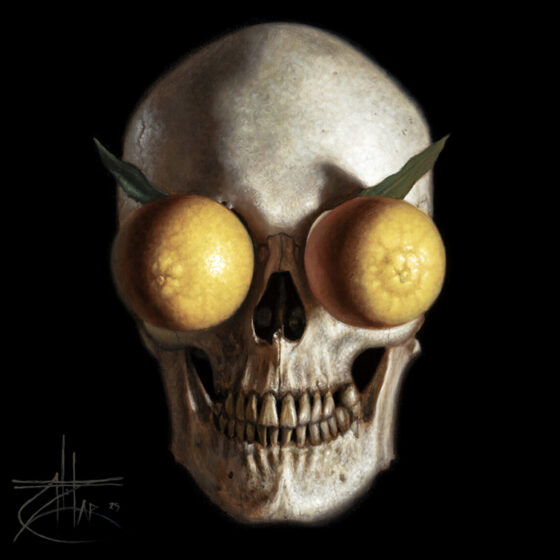When I received Stizzo’s new book, Time We’ll Remember, fresh off the press, flipping through its pages made me reflect on something: how the progress achieved in tattooing, over time, often turns into something different, sometimes even heading in the opposite direction from what I would have hoped.
I start with Stizzo because I’ve known him since the mid-’90s, when he first walked into the editorial office to show me his first flash sheets, asking if I might be interested in them. From the very beginning of his career, Stizzo has always drawn every tattoo he’s created: we’re talking about thirty years of drawings.
STIZZO. TIME WE’LL REMEMBER
ART BOOK + TRAVEL TOOL BOOK
The imagery of classic American tattooing seen through a European lens, blended with religious and folk influences that are deeply Italian, creates a new voice—personal, powerful, and instantly recognisable—in the direct, potent narrative style of Stizzo.
Flipping through those sheets, I found myself thinking about all the revolutions that modern tattooing has gone through. Particularly that epochal one of 1973, when Don Ed Hardy introduced the concept of custom work: no longer choosing designs from flash hanging on the walls, but instead offering unique artwork created specifically for each client, based on their personal desires and dreams. “Wear your dreams” was the beautiful tagline printed on one of his first business cards.
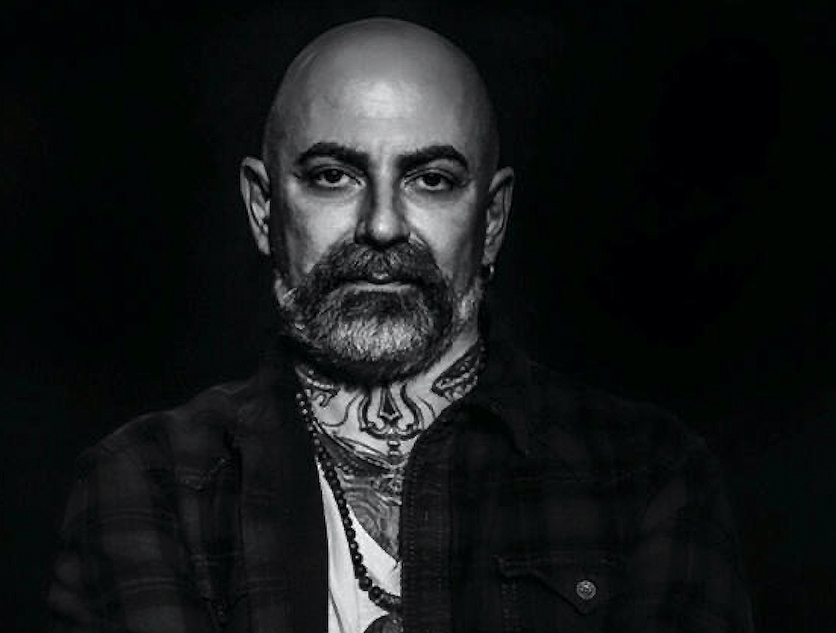
Over time, more and more tattooers began creating original designs tailored to the individual destined to wear them. And in the ’90s, a real movement appeared, a new generation emerged: the so-called black shirt tattooers. These were young artists, mainly from the West Coast, passionate about punk rock and metal (hence the nickname, because they wore band t-shirts), with extraordinary artistic talent. I think of names like Grime, Scott Sylvia, Eddie Deutch, Mike Davis…
To me, the ’90s represent a true Renaissance in tattooing. Every artist drew, painted, and searched for their own voice, a unique language to express themselves both on skin and on paper. Today, many great tattooers still carry that spirit forward. But more and more young artists, aided by the increasing use of digital tools, apps, and artificial intelligence, seem to be moving away from it. The result? Tattoos that look more and more alike and often lack soul. Once, a tattoo was unique, a hand-crafted piece, art even, something made especially for you. An unrepeatable mark, capable of representing your deepest self. Another precious piece which, for many, is slowly being lost.
SHOP IT NOW!
Don’t miss to have this amazing issue. Choose and shop now your version…
